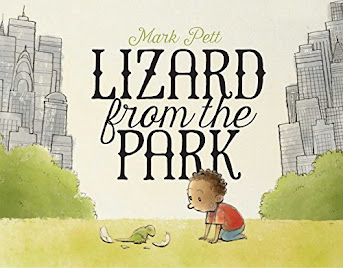Children’s Book Review: The Big Umbrella by Amy June Bates
To help foster inclusion in my classroom, I selected a book from the library titled “The Big Umbrella” by Amy June Bates. I integrated it into my classroom curriculum by doing a shared reading together and having a discussion with the class about how we can be kind to everybody since some children need support with friendships at school. I chose this book because I noticed that some friends were having a difficult time with sharing, using kind words, and fairness. The Big Umbrella is a book about friendship, inclusiveness, and shelter from the rain. The red umbrella from the book likes to help, likes to shelter people and bring people together. In the story, we can see examples of inclusion where the umbrella takes in people and expands for others to help and include them in shelter from the rain. The umbrella does not judge and takes people in regardless of their differences. There are examples of this in the book where it says, “It doesn’t matter if you are tall, or hairy, or plaid. It doesn’t matter how many legs you have.” I think this book delivers a nice message about inclusion and helping others because even though the characters in the story worried that there might not be enough room under the big umbrella, it still expanded to find a space where someone could fit in. One particular reason why I also chose this book is because it represents different-looking characters. One character is shown underneath the big umbrella in a wheelchair. I also noticed that not all characters look alike. Some are animals, some are different sizes, and some are different ages. The final message from the big umbrella says “There is always room.” Like the big umbrella, I believe that all children are capable and have something positive to contribute to a community which is why I love the message and theme of inclusion in this book and think that it will help the inclusion of people who are different from us and also promote kindness and create stronger friendships in our classroom community and school. I believe that there is always room for everyone and we can learn from one another. I hope that children will walk away with a stronger understanding of inclusion and why it is important to be kind and fair to one another. This book will support the learning of inclusion and creating a caring community of learners because the story depicts everyone being included regardless of their ability and appearance. I gave the children the opportunity to turn and talk with a partner about the big umbrella. The prompt was, how can we show kindness just like the big umbrella? I got multiple answers from children such as “We can share, we can help someone when they are hurt, we can say please and thank you, we can say are you ok?” After the turn and talk, I concluded by telling the classroom why it is important to be kind to everyone. The children agreed that it would be the right thing to do and said that it would be fair to let everyone join under the big umbrella. I connected this story’s lesson to the events at school, and the classroom, such as sharing, and working together, and reminded children that we can all be just like the big umbrella if we just open up our hearts.












